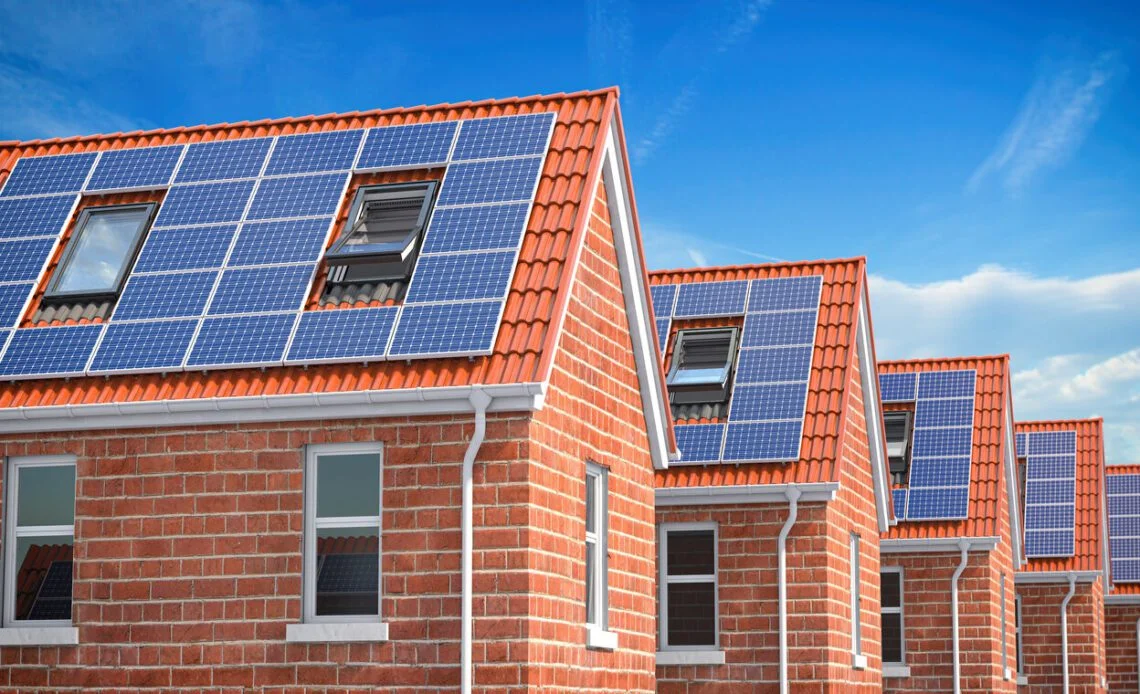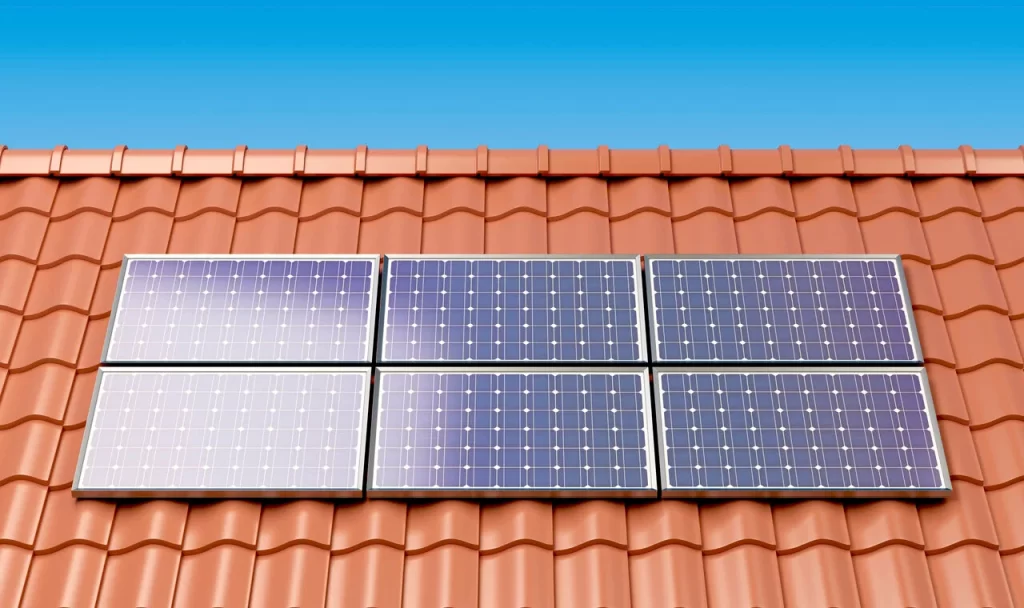
Table of Contents
Introduction
Solar panels have gained immense popularity in recent years as a sustainable and environmentally friendly energy solution. By converting sunlight into electricity, they offer a clean alternative to traditional power sources. However, like any technology, they come with their own set of advantages and disadvantages. In this blog post, we will explore their benefits and drawbacks to help you gain a comprehensive understanding of their potential and limitations as a renewable energy option.
Advantages of Solar Panels
1. Renewable and Sustainable Energy

Solar panels harness the power of the sun, which is an abundant and renewable energy source. As long as sunlight exists, solar energy can be harvested and converted into electricity. By relying on such electric power, we reduce our dependence on finite fossil fuels, protecting the environment and combating climate change.
2. Energy Independence and Cost Savings
Installing solar panels on rooftops or in residential and commercial buildings offers energy independence. By generating their own electricity, individuals and businesses can reduce their dependence on the electrical grid and potentially save on energy bills. Additionally, excess energy produced by solar systems can be sold back to the grid, allowing for potential financial returns through net metering programs. These programs are available in many countries and subject to certain laws and policies. Please refer to your local country or provincial regulations on Net Metering programs.
3. Environmentally Friendly
Solar panels generate electricity without emitting greenhouse gases or harmful pollutants. Unlike fossil fuels, solar energy production does not emit harmful greenhouse gases, such as carbon dioxide (CO2), which are major contributors to global warming and climate change. By adopting solar energy systems, we can significantly reduce our carbon footprint and mitigate the adverse effects of climate change.
4. Long-Term Financial Benefits of Solar Panels
While the initial cost of installing solar panels may seem high, they offer long-term financial advantages. Once the system is in place, solar energy becomes essentially free, and the savings on energy bills can be substantial over time. Additionally, various government incentives, tax credits, and rebates are available in many regions to help offset the upfront investment, making solar panels more accessible and affordable. If you are planning to install solar electric panels, please research on the incentives and rebates that your country / province offers.
5. Low Maintenance and Long-term Durability
Solar panels are designed to require minimal maintenance. They have no moving parts and are built to withstand various weather conditions. Routine cleaning and basic upkeep can ensure a lifespan of 25 to 30 years or more. With regular cleaning and minimal upkeep, solar panels can have a lifespan of 25 to 30 years or even more. This durability ensures a reliable and long-lasting cheaper energy solution.
Disadvantages of Solar Panels
1. Initial Cost and Return on Investment
The upfront cost of purchasing and installing can be a significant investment. While prices have decreased over the years in many countries, the initial expenses may deter some individuals or businesses from adopting solar energy. However, it’s crucial to consider the long-term financial benefits and potential return on investment through reduced energy bills and incentives.
2. Intermittent Energy Production
Solar panels rely on sunlight for electricity production, making their energy generation intermittent. Factors like cloudy weather, shading, and night-time hours decrease their efficiency. Contrary to popular belief, solar panels are effective and efficient in cold weather since high temperatures cause voltage loss. Moreover, modern solar panels can generate electricity even in low sunlight conditions. Therefore, it is crucial to research and select suitable panels for optimal performance in your area. Energy storage systems, like batteries, offer a solution for intermittent energy production. They store excess energy for use during periods of low sunlight or at night, ensuring a more consistent power supply.
3. Space Constraints for Installation
The installation requires adequate space, particularly for large-scale applications. This can pose a challenge in densely populated urban areas where available space may be limited. However, rooftop installations are a viable option for individual homes and buildings, making use of otherwise unused space.
4. Variability Depending on Location
The efficiency of solar panels can vary depending on the geographic location and climate. Areas with abundant sunlight and favorable conditions yield higher energy outputs compared to regions with frequent cloud cover or limited sunlight. It’s crucial to assess the solar potential of a specific location before investing in solar panels.
5. Environmental Impact and Recycling
The production of solar panels involves the use of certain materials, including rare earth elements and metals. Extraction and processing of these materials can have environmental consequences if not managed responsibly. Additionally, at the end of their lifespan, solar panels can contribute to electronic waste. However, recycling initiatives are being developed to minimize the environmental impact and promote the reuse of solar panel components.
Conclusion
In summary, solar panels offer a wide array of advantages as a clean and renewable energy source. They contribute to reducing carbon emissions, provide energy independence, and offer long-term financial benefits. However, it’s essential to consider the initial investment, intermittent energy production, space requirements, and potential environmental concerns associated with solar panels. By understanding the advantages and disadvantages, individuals and businesses can make informed decisions about incorporating solar energy into their power generation strategies, moving us closer to a sustainable future.
